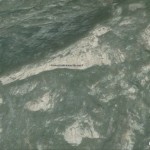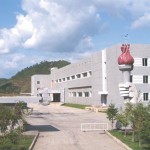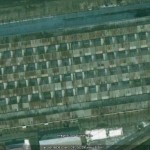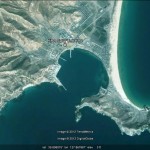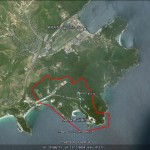The PR of China published official data on the number of North Koreans that visited the country in 2011. The numbers were originally reported in this Voice of America report (in Korean). The VOA story was covered in English by two Korean news sources, and I have posted them below.
It is important to remember that these are official Chinese numbers, therefore they represent a lower bound of the actual numbers of North Koreans crossing the border.
According to the Daily NK:
China’s National Tourism Administration has revealed that the number of North Koreans legally visiting the country reached a new high in 2011.
According to a report carried by Voice of America yesterday, the 152,300 North Koreans who visited China last year exceeded the 2010 figure of 116,400 by more than 30%, and comfortably beat the previous high of 125,800 recorded in 2005.
Approximately half (75,266) the total number of visitors apparently went for work, while a further 39,042 went for business purposes or to attend meetings. 4,589 were tourists. However, the statistics show that just 99 of the visits were for the purpose of visiting relatives.
72,885 of the visitors were age 45 through 64, while a further 64,823 fell into the 25 to 44 bracket. Women were heavily outnumbered by men; 21,828 against 130,472.
Yonhap reported an additional point:
Ferries were the most popular means of transport for the North Koreans at 62,160 passengers, followed by 33,933 who arrived by plane, 31,829 by car, 19,132 by train and 5,246 by foot.
Although the majority of official North Koreans border crossers are men, it is reasonable to assume that the majority of unofficial North Korean border crossers are women.
Read the full stories here:
Largest-ever number of N. Koreans visited China in 2011: report
Yonhap
2012-2-10
Official Visitor Numbers Hit New High
Daily NK
Park Seong Guk
2012-2-10

